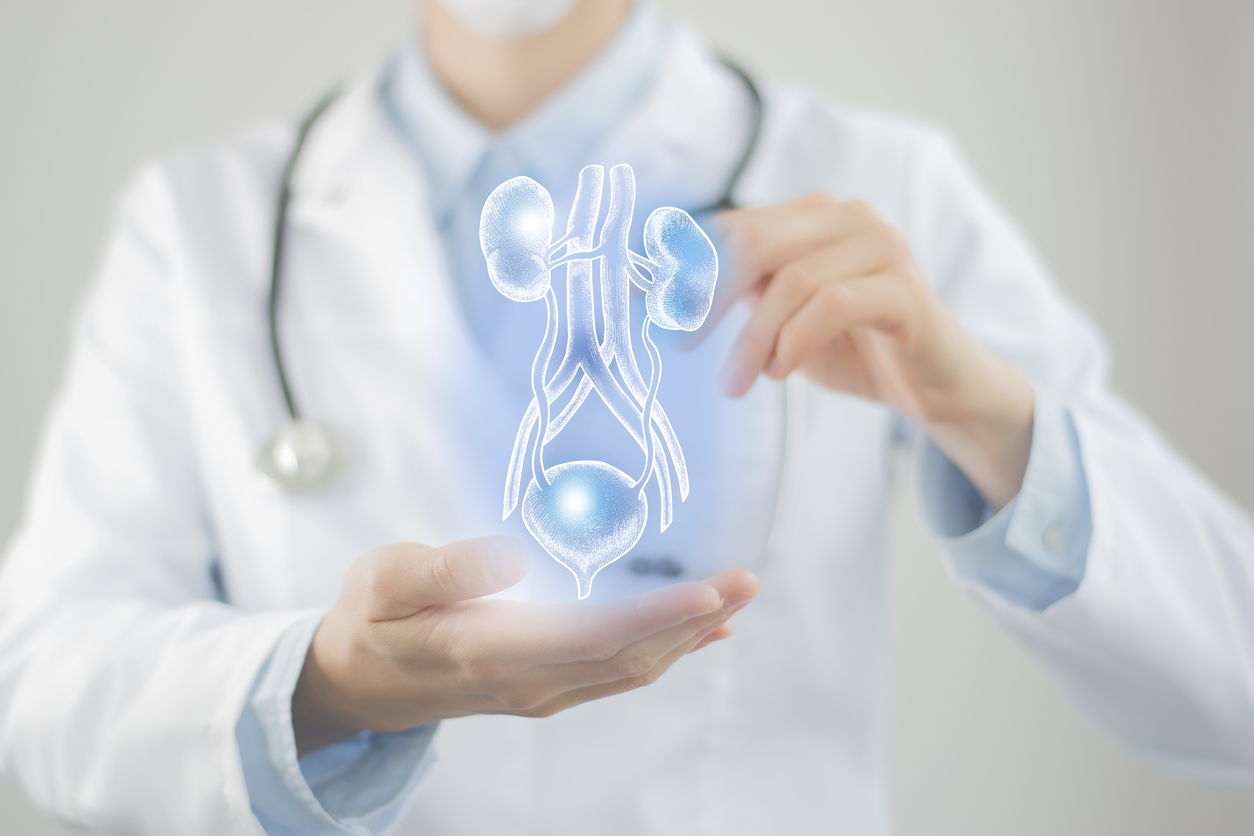Pain
Stages of Chronic Kidney Disease

What is chronic kidney disease?
Chronic kidney disease (CKD), also known as chronic kidney failure, is a term used to encompass damage to the kidneys that is caused by various conditions. It involves the gradual loss of kidney function that develops over months or years. As the kidneys lose the ability to filter the blood and remove waste and extra fluids from the body, a buildup of fluids, electrolytes, and wastes occurs.
Stages of chronic kidney disease
The stages of chronic kidney disease (CKD) are based on the kidneys’ filtering speed, which is called the glomerular filtration rate (GFR). The GFR is determined through a blood test. A GFR of 100 milliliters per minute is considered normal. As this rate decreases, the stages of CKD progress.
Stage 1
GFR: 90 milliliters or greater per minute
Stage 1 is the mildest form of CKD. This stage is unlikely to cause symptoms and may be discovered incidentally during routine blood or urine tests.
Stage 2
GFR: 60 to 89 milliliters per minute
Stage 2 CKD is still considered mild, and some people may experience no symptoms. However, mild and non-specific symptoms may present, which includes the following:
- Fatigue
- Sleep problems
- Itching
- Weakness
- Loss of appetite
Stage 3
Stage 3 CKD is categorized when complications, such as anemia, bone disease, or high blood pressure, begin to develop. Fluids, wastes and toxins begin to build up. This stage is divided into stage 3A and stage 3B.
Stage 3A GFR: 45 to 59 milliliters per minute
Stage 3B GFR: 30 to 44 milliliters per minute
Some individuals in stage 3 may still be asymptomatic. However, if symptoms are present, they may include the following:
- Swelling of the hands and feet
- Urinating more or less
- Back pain
- Fatigue
- Loss of appetite
- Sleep disturbances
- Weakness
- Persistent itching
Stage 4
GFR: 15 to 29 milliliters per minute
During stage 4 of CKD, the kidneys are moderately-to-severely damaged and functioning poorly. Complications are likely, such as anemia, bone disease, high blood pressure, stroke, or heart disease. Discussions should occur with a kidney specialist concerning dialysis or a kidney transplant. Symptoms may include the following:
- Swelling of the hands and feet
- Urinating more or less
- Back pain
- Chest pain
- Fatigue
- Loss of appetite
- Muscle twitching or cramps
- Nausea or vomiting
- Shortness of breath
- Sleep disturbances
- Weakness
- Persistent itching
- Decreased mental clarity
Stage 5
GFR: less than 15 milliliters per minute
Stage 5 CKD is considered kidney failure or end-stage renal disease. Life expectancy without treatment is only a few months. The symptoms are the same as stage 4; however, they may become more severe. The risk of heart disease or stroke increases.
Warning
Individuals who are at risk for CKD or experience symptoms should speak with a medical professional about the condition. Although it is a progressive condition, it does not always go into stage 5. Early diagnosis and intervention can help slow the progression of CKD.




